The adrenaline-filled world of Formula 1 racing is not just about speed, daring overtakes, and the thrill of crossing the finish line under the checkered flag. It’s also governed by an extensive list of rules and regulations that shape the sport, ensuring fair competition and driver safety. Some of these rules are well known, while others, often overlooked by the casual observer, are intriguingly unique and might even surprise avid fans. From helmet designs to hydration strategies and silent codes on the track, these guidelines dictate the life of an F1 driver both on and off the circuit.
Contents
Strict Weight Regulations

In Formula 1, drivers are weighed before and after the race as a part of the car’s total weight calculation. This ensures no team gains an unfair advantage by having a lighter car. A minimum weight limit for the car, including the driver, is set by the FIA. If the car and driver don’t meet this minimum weight limit after the race, it can result in disqualification.
Helmet Designs
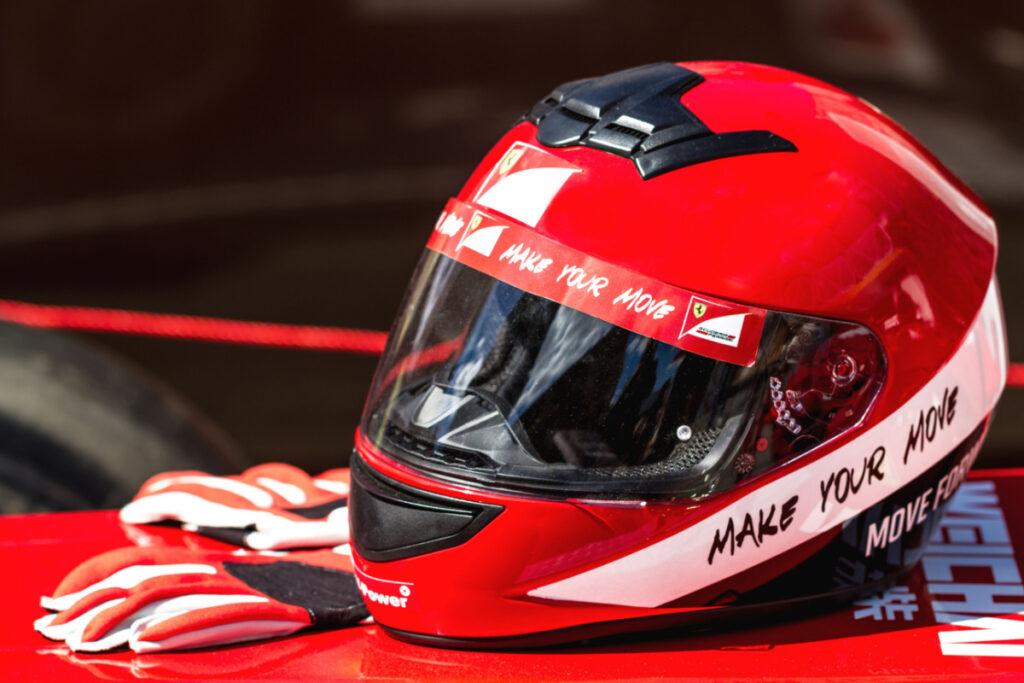
Believe it or not, F1 drivers cannot change their helmet design frequently. The FIA enacted this rule in 2015 to help fans recognize their favorite drivers easily. The rule existed after Sebastian Vettel, known for changing his helmet design for almost every race, caused some confusion.
No Mobile Phones

It may seem like a given, but drivers are banned from using mobile phones or any other device that can record or transmit data while they’re in their cars. This rule helps prevent unauthorized data collection and transmission that could potentially result in unfair advantages.
Drink Tube

Hydration is key during F1 races. Drivers can lose up to 3 liters of water during a race due to the high G-forces and temperatures inside the cockpit. To stay hydrated, drivers have a drink tube installed inside their helmet, which is connected to a water bottle kept inside the car. Drivers can drink water by pressing a button on their steering wheel.
Standing Still During National Anthem
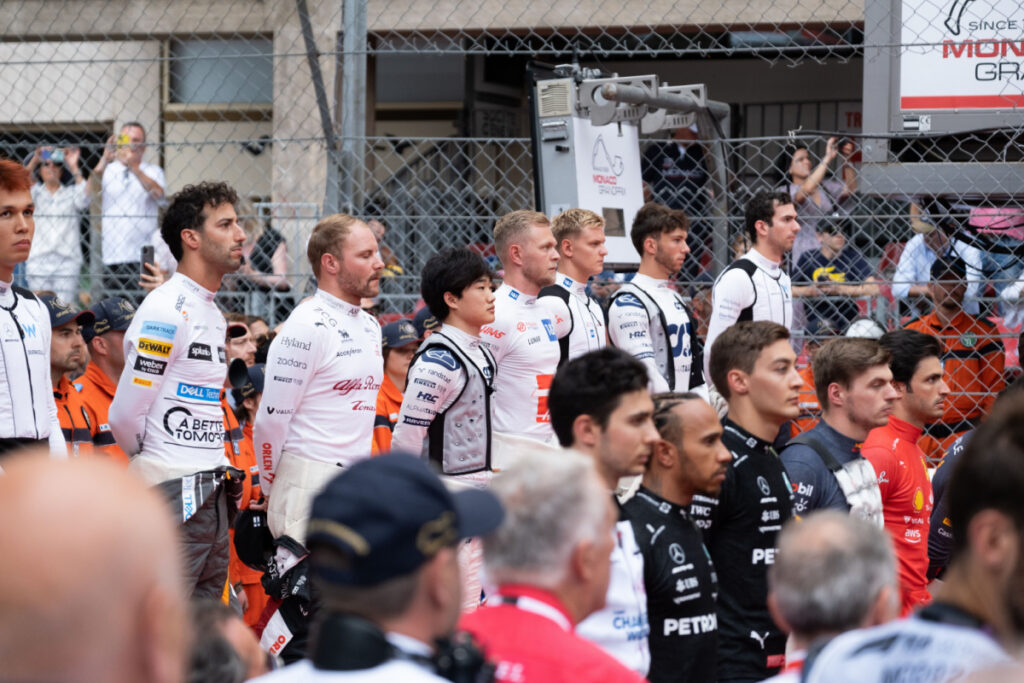
Drivers are required to stand still during the playing of the national anthem before the race. This is a sign of respect towards the hosting country. The rule was reinforced in 2017 when several incidents occurred in other sports regarding athletes not standing during the national anthem.
Double Yellow Flag
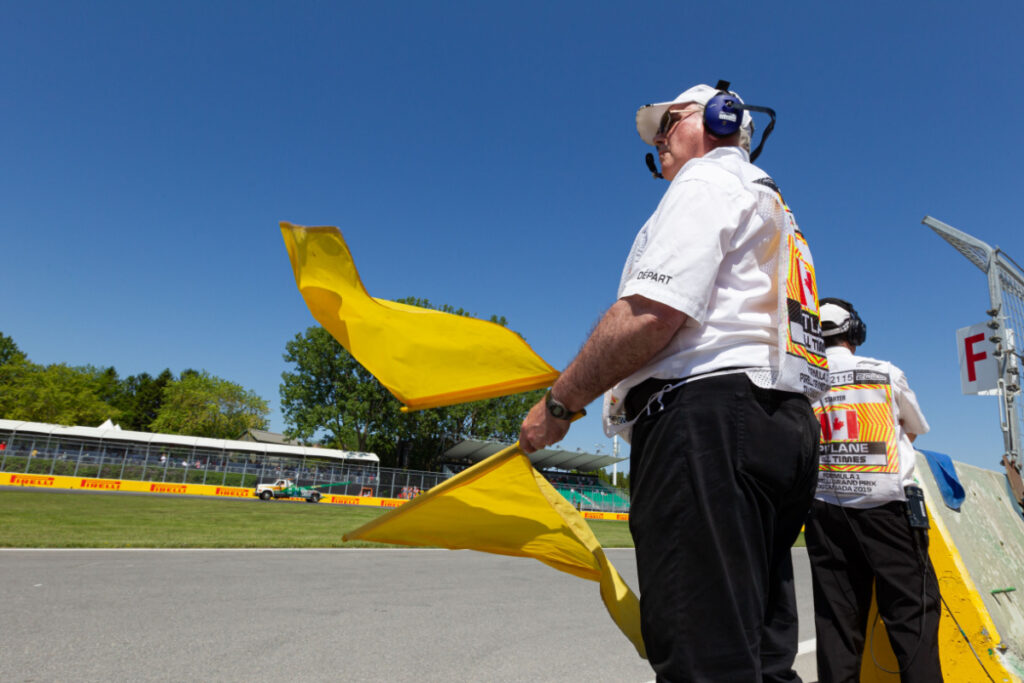
If drivers see a double yellow flag at a marshal post, it means they must slow down and be prepared to stop if necessary. This usually indicates a hazard on the track, such as an accident. Failure to slow down can result in severe penalties, such as a drive-through or even disqualification.
No Public Criticism

F1 drivers cannot publicly criticize the governing body, the FIA. This rule exists to preserve the integrity of the sport and prevent any unnecessary controversies. The rule was tested in 2021 when Lewis Hamilton faced possible penalties for commenting on the FIA’s decision-making during the British Grand Prix.
Minimum Tire Usage
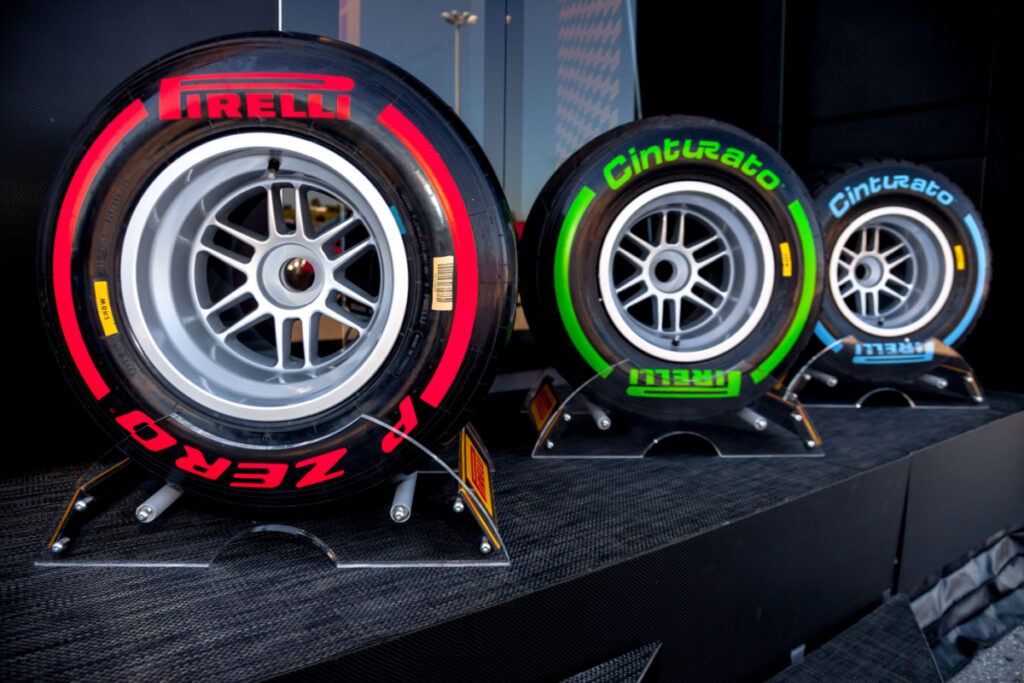
Each driver is given 13 sets of tires for the weekend, and there are rules about how many sets must be used in qualifying and the race. Failure to use the required sets can result in disqualification. This rule encourages strategic tire usage and adds an element of unpredictability to the race.
Virtual Safety Car (VSC)
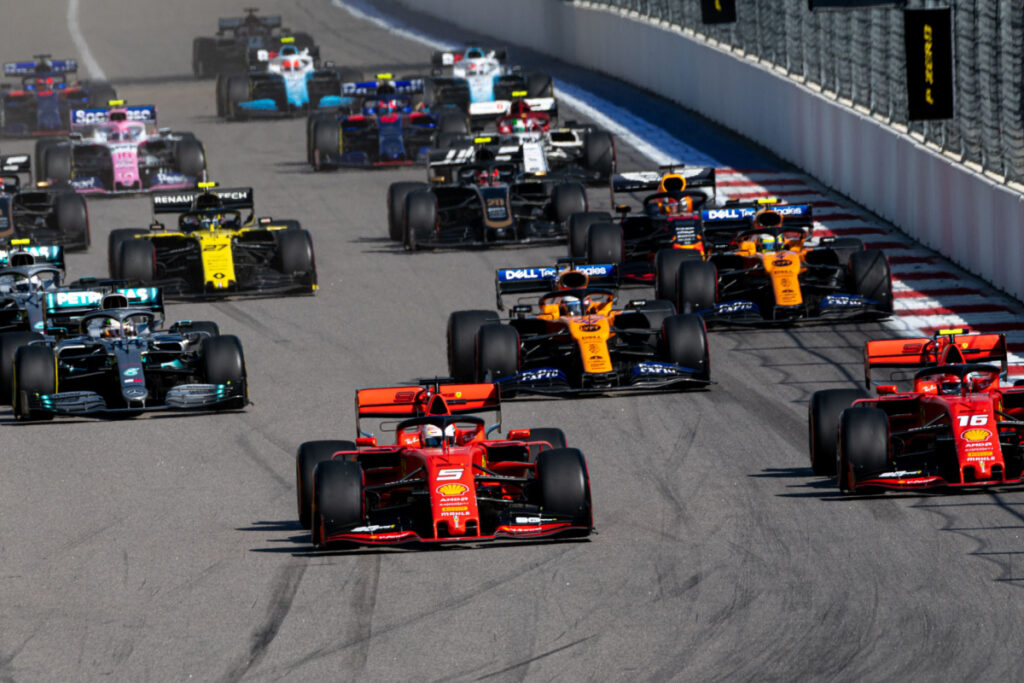
When the VSC is deployed, drivers must reduce their speed and maintain it until the VSC period ends. They have to stay above a minimum time set by the FIA at least once in each marshaling sector. This rule was introduced to ensure safety during an incident while causing minimum disruption to the race.
Doping Rules

Like many other sports, F1 follows strict anti-doping rules. Drivers are tested randomly throughout the season and can be tested out of competition. Any driver found guilty of using performance-enhancing drugs can be banned from the sport.
This article originally appeared on MyCarMakesNoise.
More from MyCarMakesNoise
15 Iconic Cars That Are Actually Terrible to Drive

Iconic cars capture our imaginations with their unique designs and compelling backstories but looks can be deceiving. While they may dazzle on the showroom floor, some of these celebrated models fall short behind the wheel. Read More.
15 Luxury Cars That No One Wants Anymore

In the fast-paced world of luxury automobiles, the shine of certain high-end cars can diminish as quickly as it appears. Factors like outdated features, designs that haven’t stood the test of time, and high maintenance costs can turn yesterday’s coveted models into today’s forgotten vehicles. Read More.
20 Classic V8 Cars That Are True Icons

The deep roar of a V8 engine has long thrilled car enthusiasts, symbolizing an era of speed and power. This article explores the history of this iconic engine and celebrates the legendary cars that have made a lasting impact on automotive history. Read More.














